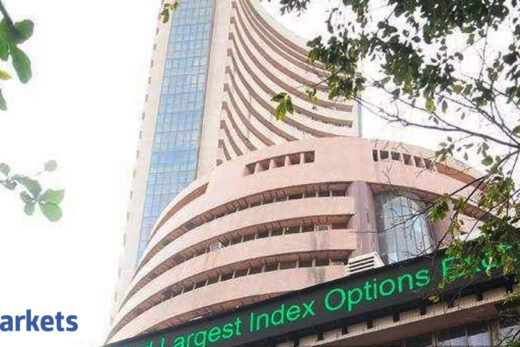As per Amfi, net inflows into mutual funds in FY2017 stood at Rs 3.43 lakh crore. Elsewhere in a quieter corner of the asset management industry, the PMS industry was not seeing this sort of boom. The growth in assets under management for the PMS industry in FY17 was Rs 1.85 lakh crore, much of this growth being the result of the market moving upwards. PMS managers were seen as pale imitations of the larger-than-life legends, who straddled the mutual fund industry. Advisers to the high networth individuals saw the PMS industry being characterised by high costs, low transparency and indifferent investment performance.
In 2018, my colleagues and I founded Marcellus Investment Managers, a Sebi-regulated PMS provider. Now, as Marcellus approaches $1 billion assets under its care, we are a proud constituent of a revitalised PMS industry.
At the end of October 2020, AUM managed by the PMS industry stood at Rs 19.2 lakh crore, up 40 per cent on the October 2017 figure. New PMS providers with high quality fund managers are increasingly visible in the media and in the wealth management industry’s online conferences. Advisers to HNW individuals now increasingly view the PMS product as an essential part of a discerning investor’s portfolio.
So how did the transformation take place within a short span of four years? To my mind, two different forces have intertwined to transform the fortunes of the PMS industry.
First, Sebi noticed in 2019 that a holistic update of PMS regulations was due, given that over two decades had elapsed since the time the original PMS regulations were formulated in 1993. The regulator created an internal team that worked alongside a group of PMS industry experts through 2019 to review the regulations governing how PMS managers conducted themselves and treated their customers. Alongside other senior executives from the asset management and wealth management industry, I was part of that working group and I remember that it was gruelling work with Sebi exhorting the working group to simplify and update the PMS regulations to reflect the modernisation of India’s capital markets.
There were five critical areas where Sebi’s new rules upgraded the regulations for the PMS sector: (1) PMS managers could no longer charge clients upfront fees in any shape or form, a construct that had been implemented in the mutual fund industry in 2009; (2) the way PMS managers reported their performance to clients in marketing literature and on their websites was standardised to prevent selective reporting of performance in a way that flattered their investment credentials; (3) the minimum corpus required to open a PMS account was raised from Rs 25 lakh to Rs 50 lakh to prevent misselling of the product to customers who were not HNWs by any stretch of the imagination; (4) the way PMS managers report their performance to Sebi was standardised to, once again, prevent selective reporting; and (5) PMS managers’ minimum networth requirement was doubled to Rs 5 crore, thus raising the entry barrier.
In January 2020, the new PMS regulations were published and within months, the wealth management industry’s (and their HNW clients’) perception of the PMS industry changed.
Secondly, the last four years have seen Indian HNWs increasingly allocate their wealth to financial assets rather than to physical assets like real estate and gold. The retirement maths for a typical Indian upper middle class family can be understood through a simple example. Assume that such a family currently lives off a post-tax income of Rs 50 lakh per annum. Assume further that the income earning people in the family have 20 years to go into retirement, implying that 20 years hence they will need Rs 3 crore per annum to have the same quality of life (as they do today) post-retirement. To maintain an annual income at this level for a 25-year retirement, this family will need to have (in today’s money) a Rs 15 crore corpus.
Having spoken to over 20,000 such families over the past couple of years, I can see that most Indian HNWs have figured out for themselves the implications of the retirement maths outlined above. In particular, they have figured out that their land, their property and their gold will not be enough to fund them through retirement (note: RBI’s well-researched August 2017 Household Financial Committee report says 95 per cent of Indian households’ stock of wealth is in physical assets).
The practical implication of this is that the smaller the town, the lower the returns from physical assets, the quicker the HNW warms up to a credible PMS product. Using Tamil Nadu as an example, a sales pitch that takes an hour in Chennai, takes 45 minutes in Coimbatore (population: 1.6 million), 40 minutes in Tirrupur (population: 0.8 million) and around 30 minutes in Erode (population: 0.5 million).
Over the next decade, as the refreshed regulatory construct for the PMS industry combines with itself the financialisation of India’s household wealth, the PMS industry is likely to grow assets under management at around 15 per cent per annum, implying that by 2030, this industry is likely to be managing around $1 trillion, more than three times the corpus under management today.
(Saurabh Mukherjea is the Founder of Marcellus Investment Managers (www.marcellus.in), a provider of PMS services.)



